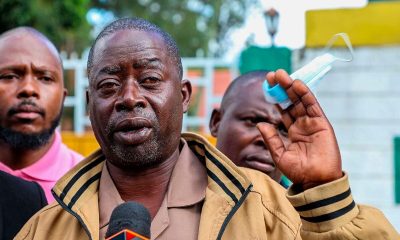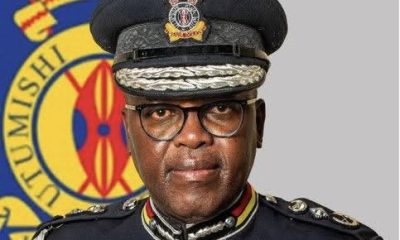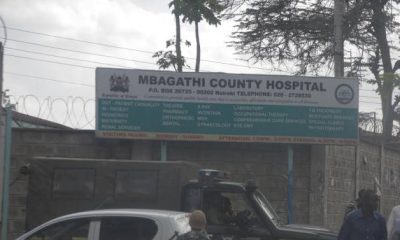Investigations
Details Emerge In How ‘Death Squad’ Hatched Plan To Keep Dark Ojwang’s Interrogation Secret in Cell Ending in Death
The preparation began with the systematic emptying of the Central Police Station cells.
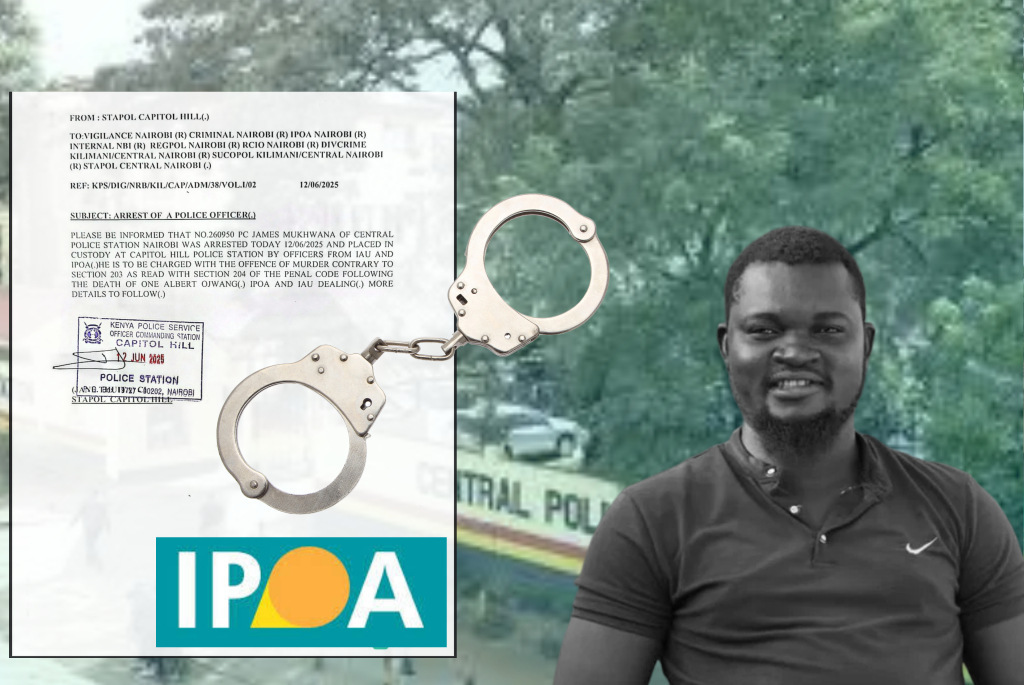
Investigation Reveals Coordinated Cover-Up in Police Custody Murder
A sinister web of premeditation, coordination, and cover-up has emerged in the brutal killing of teacher-blogger Albert Omondi Ojwang at Nairobi Central Police Station, with new evidence pointing to a calculated plan by what investigators now describe as a “death squad” operating within Kenya’s police force.
Explosive revelations from a closed-door parliamentary session between the Independent Policing Oversight Authority (IPOA) and the National Assembly Security Committee have laid bare the chilling details of how Ojwang’s murder was orchestrated from the moment his transfer from Homa Bay to Nairobi began.
The premeditated plot
According to multiple sources familiar with the confidential briefing speaking to local press, IPOA investigators have uncovered evidence that Ojwang’s execution was planned well before he arrived at the Central Police Station on that fateful night.
The plot’s sophistication reveals a coordinated effort involving multiple actors within the police force and civilian accomplices.
“They knew he was coming, and they knew what they intended to do,” revealed a source with direct knowledge of the investigation, speaking on condition of anonymity due to the sensitive nature of the case.
The plot began with the systematic emptying of the Central Police Station cells.
Petty offenders who would normally occupy the facility were deliberately transferred to other stations, creating an isolated environment where Ojwang could be tortured and killed without witnesses.
The extended shift: A smoking gun
Perhaps the most damning evidence of premeditation involves a senior police officer whose normal shift ended at 8 PM on the night Ojwang was brought to the station.
Instead of going home, this officer deliberately extended his working hours until approximately 3 AM – a decision IPOA investigators believe was central to the murder plot.
“He had a job to do,” Ipoa reportedly told the parliamentary committee, describing how the officer refused to leave his post despite his shift being over.
This officer, who has already recorded a statement with investigators, is now considered a prime suspect in the coordinated killing.
The calculated nature of this decision becomes even more apparent when considering what happened next.
When the replacement officer arrived to begin his shift and discovered Ojwang’s lifeless body, he refused to take over custody with a corpse in the cells – a reaction that investigators believe was genuine shock, not complicity.
The torture chamber
Ojwang’s final hours paint a horrific picture of police brutality designed to extract information about who was allegedly sponsoring his online criticism of Deputy Inspector-General Eliud Lagat.
The blogger had been tracked through his X account @pixelpioneerai after making posts critical of the senior police official.
When Ojwang arrived at Central Police Station, he was initially allowed to call his wife to confirm his safe arrival in Nairobi.
At this point, sources confirm, he was in good physical condition.
However, the situation deteriorated rapidly once he was placed in an isolated cell – a practice that violates police standing orders for suspects not charged with serious crimes like murder, terrorism, or rape.
The interrogation team that visited Ojwang employed what sources describe as “brutal methods” in their attempt to force him to reveal his information sources. When he refused to provide the names they sought, the torture intensified over several hours until he was left unconscious in his cell.
“They allegedly tortured him for hours before leaving him unconscious in the cell and then exited the station,” a source familiar with the investigation revealed.
The digital cover-up
The sophistication of the cover-up extends beyond the physical murder to include digital evidence tampering. Ipoa investigators have confirmed that a civilian technician was specifically called to the Central Police Station to delete crucial CCTV footage that would have captured Ojwang’s final moments and identified his killers.
“Actually somebody was called. He came and deleted a specific section of the CCTV footage,” IPOA Chairman Ahmed Issack Hassan told parliamentarians before the session went behind closed doors.
This deliberate destruction of evidence points to coordination that extends beyond the immediate perpetrators to include technical support designed to ensure the crime remained hidden.
The involvement of civilian accomplices in the cover-up suggests the operation had institutional backing and resources.
The Macabre theater
Perhaps the most disturbing revelation involves the elaborate staging designed to conceal Ojwang’s death.
According to a statement obtained by investigators from one of the suspects, four police officers physically held Ojwang’s lifeless body upright to create the illusion that he was still alive when being removed from his cell.
This macabre performance was part of a broader deception that included transporting the already-dead blogger to Mbagathi Hospital.
Medical records signed by Dr. Shah Mitari confirm that Ojwang was deceased upon arrival, with his entire body cold and bearing visible bruises on his limbs.
Unanswered questions point to higher authority
The investigation has raised critical questions about the command structure behind Ojwang’s murder.
Why was he detained at Central Police Station when the investigating officer was based at DCI headquarters along Kiambu Road?
Why wasn’t he taken to the closer Muthaiga Police Station, which would have been more convenient for interrogation?
These logistical decisions appear designed to place Ojwang in a location where the death squad could operate with maximum secrecy and minimum oversight.
The choice of Central Police Station, with its specific vulnerabilities to manipulation, suggests planning that involved knowledge of institutional weaknesses.
The parliamentary pressure
The intensity of parliamentary oversight has already yielded results.
During Thursday’s session, committee members forced Chairman Gabriel Tongoyo to call Inspector-General of Police Douglas Kanja and put him on loudspeaker to demand immediate action on arrests.
“We wanted to summon the IG back after he had left, but he pleaded to be excused. We then told the chair to put him on loudspeaker so that members could speak to him,” revealed a source familiar with the proceedings.
This pressure led to the arrest of Police Constable James Mukhwana, who conducted routine cell visits on the night of the murder, and OCS Samson Talaam, both now in custody as investigations continue.
While arrests have begun, investigators are working systematically from junior officers upward to build a comprehensive case.
IPOA has indicated they will pursue Deputy Inspector-General Lagat only if evidence establishes his culpability, preferring to build an airtight case through junior officer testimonies first.
The systematic nature of this investigation suggests authorities are treating Ojwang’s murder not as an isolated incident but as part of a pattern of extrajudicial killings that require institutional reform.
Speaker of the National Assembly Moses Wetang’ula has directed the Security Committee to table its final report on Ojwang’s murder by Tuesday, indicating the urgency with which Parliament is treating this case.
For Ojwang’s family, the emerging details provide answers but also amplify their grief.
Their calls for accountability extend beyond the foot soldiers to what they term “the big fish” – those who may have ordered or authorized the operation that cost Albert Ojwang his life.
The investigation into Albert Ojwang’s death has revealed more than just a murder; it has exposed a system capable of coordinated violence, sophisticated cover-ups, and institutional protection of perpetrators.
As arrests continue and evidence mounts, Kenya faces uncomfortable questions about the depth of police corruption and the mechanisms necessary to prevent such horrors from recurring.
The death squad that killed Albert Ojwang operated with confidence, resources, and institutional knowledge.
Their exposure through this investigation represents not just justice for one victim, but a crucial step toward dismantling systems of impunity that have claimed countless lives in Kenya’s troubled relationship between citizens and those sworn to protect them.
Kenya Insights allows guest blogging, if you want to be published on Kenya’s most authoritative and accurate blog, have an expose, news TIPS, story angles, human interest stories, drop us an email on [email protected] or via Telegram
-

 News1 week ago
News1 week agoKenyan Driver Hospitalized After Dubai Assault for Rejecting Gay Advances, Passport Seized as Authorities Remain Silent
-

 Investigations4 days ago
Investigations4 days agoMoney Bior, Lawyer Stephen Ndeda Among 18 Accused Of Running An International Fraud Ring Involved With Scamming American Investor Sh500 Million
-
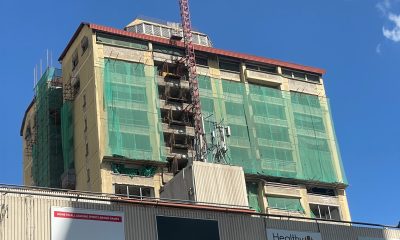
 Business1 week ago
Business1 week agoConstruction Of Stalled Yaya Center Block Resumes After More Than 3 Decades and The Concrete Story Behind It
-

 Investigations2 days ago
Investigations2 days agoNestlé Accused of Risking Babies’ Health in Africa with ‘Toxic’ Cerelac Product Sold Highest in Kenya
-

 Investigations2 weeks ago
Investigations2 weeks agoCNN Reveals Massive Killings, Secret Graves In Tanzania and Coverup By the Govt
-
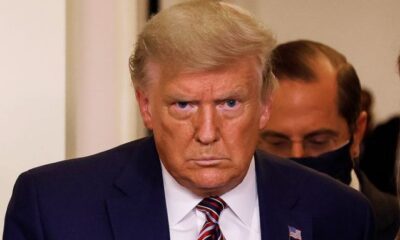
 Investigations1 week ago
Investigations1 week agoHow Somali Money From Minnesota Fraud Ended In Funding Nairobi Real Estate Boom, Al Shabaab Attracting Trump’s Wrath
-
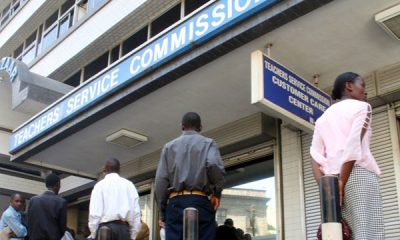
 News6 days ago
News6 days agoTSC Announces Major Policy Shift To End Transfer Of Promoted Teachers
-
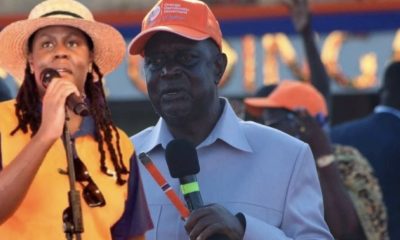
 Politics2 weeks ago
Politics2 weeks agoI Had Warned Raila Of Possible Fallout In The Odinga Family After His Death, Oburu Says





